The best solar-powered wireless outdoor camera offers high-resolution video (2K or higher), intelligent AI-powered motion detection, reliable color night vision, and a durable, weatherproof design. It operates self-sufficiently by using a solar panel to continuously charge its built-in battery, providing a true wire-free security solution that eliminates the need for professional installation or frequent manual charging.

Table of Contents
- What Makes a Solar-Powered Security Camera the Best Choice?
- How Do Solar-Powered Security Cameras Actually Work?
- Which Key Features Should You Prioritize in a Wireless Outdoor Camera?
- What Are the Top Solar Security Cameras on the Market?
- How Do You Install and Maintain a Solar Outdoor Camera?
- What Common Questions Do People Have About Solar Cameras?
Securing your property's perimeter is fundamental to home safety, and choosing the Best wireless outdoor camera with solar power capabilities is one of the smartest investments you can make. These innovative devices offer a blend of cutting-edge technology, convenience, and eco-friendly operation, making them a superior choice for modern homeowners. They grant you the freedom to monitor your home from anywhere without being tethered to power outlets or worrying about battery life.
What Makes a Solar-Powered Security Camera the Best Choice?
Opting for a security camera powered by the sun brings a unique set of advantages that traditional wired or battery-only cameras cannot match. The primary benefits revolve around sustainability, installation freedom, and uninterrupted surveillance.
Unmatched Energy Efficiency and Sustainability
A solar-powered camera harnesses renewable energy from the sun, significantly reducing your carbon footprint and eliminating any impact on your electricity bill. This eco-friendly approach to security does not compromise on performance. By converting sunlight into electrical energy, the device maintains its charge, ensuring it's always ready to record critical events. It is a set-and-forget solution that operates cleanly and efficiently.
Ultimate Flexibility in Placement
One of the most significant constraints of traditional security cameras is the need for a nearby power source. This limits where you can install them. Solar-powered wireless cameras are completely wire-free. You can place them anywhere on your property that receives sunlight, whether it's a distant fence post, a tree, a shed, or the side of your garage. This flexibility allows you to cover blind spots and achieve the perfect vantage point for maximum security coverage without the cost and hassle of running electrical wires.
Continuous Operation Without Manual Charging
Standard battery-powered cameras require you to periodically take them down, charge them for several hours, and reinstall them. This process creates security gaps and is a recurring inconvenience. A solar panel provides a constant trickle charge to the camera's internal battery, ensuring it remains powered day and night. With just a few hours of direct sunlight each day, the camera can operate indefinitely, offering true, uninterrupted peace of mind.
How Do Solar-Powered Security Cameras Actually Work?
The technology behind solar security cameras is straightforward yet highly effective. It combines three key elements to create a self-sustaining surveillance system that operates off the grid.
The Core Components: Camera, Battery, and Solar Panel
Every solar security system consists of three main parts working in harmony. The solar panel, composed of photovoltaic cells, captures solar energy. This energy is used to charge a high-capacity, rechargeable lithium-ion battery housed within the camera. The camera itself draws power from this battery to perform all its functions, including recording video, detecting motion, and transmitting footage to your smartphone.
The Charging Cycle and Power Management
During daylight hours, the solar panel converts sunlight into DC electricity, which replenishes the battery. Modern cameras feature intelligent power management systems that optimize energy consumption. They typically remain in a low-power standby mode until motion is detected. When the sensor is triggered, the camera wakes up instantly to record and send an alert. This efficient cycle ensures that the battery life is preserved, allowing the camera to function for days or even weeks on a full charge, even during extended periods of cloudy weather.
Which Key Features Should You Prioritize in a Wireless Outdoor Camera?
Not all solar cameras are created equal. To find a device that offers reliable and clear surveillance, you must pay close attention to its core specifications. These features determine the quality of your security footage and the overall user experience.
Video Resolution: Is 2K the New Standard?
While 1080p (Full HD) was once the industry standard, 2K resolution (1440p) or higher has become the new benchmark for quality outdoor security. The increased pixel density provides a significantly sharper and more detailed image. This is crucial for identifying important details like faces, clothing, or license plate numbers from a distance. A higher resolution means more usable evidence should an incident occur. Upgrading to a 2K camera is a worthwhile investment in clarity and security.
Advanced Night Vision: Seeing Clearly in the Dark
Your property is most vulnerable at night, making night vision a non-negotiable feature. There are two primary types:
- Infrared (IR) Night Vision: Uses infrared LEDs to illuminate the scene, producing a clear black-and-white video. It is effective for general monitoring.
- Color Night Vision: Uses highly sensitive sensors and sometimes a built-in spotlight to capture footage in full color, even in low-light conditions. This provides far more detail, making it easier to identify the color of a vehicle or a person's clothing.
For optimal security, a camera offering both options provides the most flexibility and the highest level of detail after dark.
Smart Motion Detection: Why AI Matters
Basic motion detection can be plagued by false alarms triggered by falling leaves, passing animals, or shadows. This leads to "notification fatigue," where you begin to ignore alerts. Advanced cameras, such as the Botslab Outdoor Cam 2 Pro, leverage sophisticated AI-powered detection. These onboard algorithms can intelligently distinguish between people, vehicles, and pets. This ensures you only receive alerts for the events that truly matter, making your security system more effective and less intrusive.
Weather Resistance: Understanding IP Ratings
An outdoor camera must be built to withstand the elements. This is measured by its Ingress Protection (IP) rating. An IP rating consists of two numbers: the first indicates protection against solids (like dust), and the second indicates protection against liquids (like rain). For an outdoor camera, look for a rating of IP65 or higher. An IP66-rated camera is fully protected against dust and can withstand powerful jets of water, ensuring reliable operation in heavy rain, snow, and high winds.
Storage Options: Local vs. Cloud
You need a way to store and review your recorded footage. Most cameras offer one or both of the following options:
- Local Storage: Video is saved to a microSD card inserted directly into the camera. This is a one-time purchase with no monthly fees and keeps your data physically with you.
- Cloud Storage: Footage is uploaded to a secure remote server. This protects your recordings from being lost if the camera is stolen or damaged. It typically requires a monthly subscription fee.
A camera that offers both options provides the ultimate flexibility, allowing you to have a physical backup while leveraging the security of the cloud.
What Are the Top Solar Security Cameras on the Market?
Choosing the right model involves comparing key features that align with your security needs. Here is a comparison of some leading options to help you make an informed decision.
| Feature | Botslab Outdoor Cam 2 Pro | Ring Spotlight Cam Plus Solar | Eufy SoloCam S340 |
|---|---|---|---|
| Video Resolution | 2.5K (4MP) Super HD | 1080p HD | 3K |
| Night Vision | Full-Color & Infrared | Color & Infrared | Color & Infrared |
| AI Detection | Human, Vehicle, Pet Detection | Person Detection (with subscription) | Human, Vehicle Detection |
| Field of View | 132° | 140° | 360° Pan & Tilt |
| Storage | Local microSD & Cloud | Cloud Only (subscription required) | Local (8 GB built-in) & Cloud |
| Weather Rating | IP66 | IP65 | IP67 |
How Do You Install and Maintain a Solar Outdoor Camera?
One of the best aspects of a solar-powered camera is its simple installation and low-maintenance design. With a few basic steps, you can ensure your camera performs optimally for years.
Finding the Optimal Location for Sun Exposure
The performance of your solar panel is directly tied to the amount of sunlight it receives. For best results, mount the panel in a location that gets at least 3-4 hours of direct sunlight per day. It should be south-facing (in the northern hemisphere) and positioned at an angle that maximizes sun absorption and helps rain wash away dust and debris. Avoid placing it under eaves, awnings, or dense tree cover that would cast a shadow for most of the day.
Simple Maintenance for Year-Round Performance
Solar security cameras are designed to be largely self-sufficient. However, a little periodic maintenance can go a long way. Every few months, wipe the surface of the solar panel with a soft, damp cloth to remove any accumulated dust, pollen, or bird droppings that could obstruct sunlight. At the same time, check the camera lens to ensure it is clean and free of cobwebs or dirt for the clearest possible picture.
What Common Questions Do People Have About Solar Cameras?
When considering new technology, it is natural to have questions. Here are answers to some of the most frequently asked questions about solar-powered security cameras.
Will it work on cloudy days or in winter?
Yes. Solar panels do not require bright, direct sunlight to generate a charge; they can still draw power on overcast days, although less efficiently. The camera's large internal battery is designed to store enough power to last through several days of low light or poor weather. A fully charged battery can often power a camera for weeks or even months of typical use without any solar input.
Do I need a subscription for it to work?
This depends on the model. Many cameras, especially those offering local storage via a microSD card, can function perfectly without a subscription. You will still get motion alerts and be able to live-stream footage. Subscriptions are typically required for cloud storage and sometimes for advanced features like specific AI detection modes or extended video history.
How much sunlight does the panel need?
Generally, a few hours of direct sunlight per day is sufficient to keep the battery topped up for normal usage. The exact amount depends on how often the camera is triggered to record. In high-traffic areas, the camera will use more power, so positioning the solar panel for maximum sun exposure becomes more critical. Most companion apps include a battery management tool that shows you the charging status.



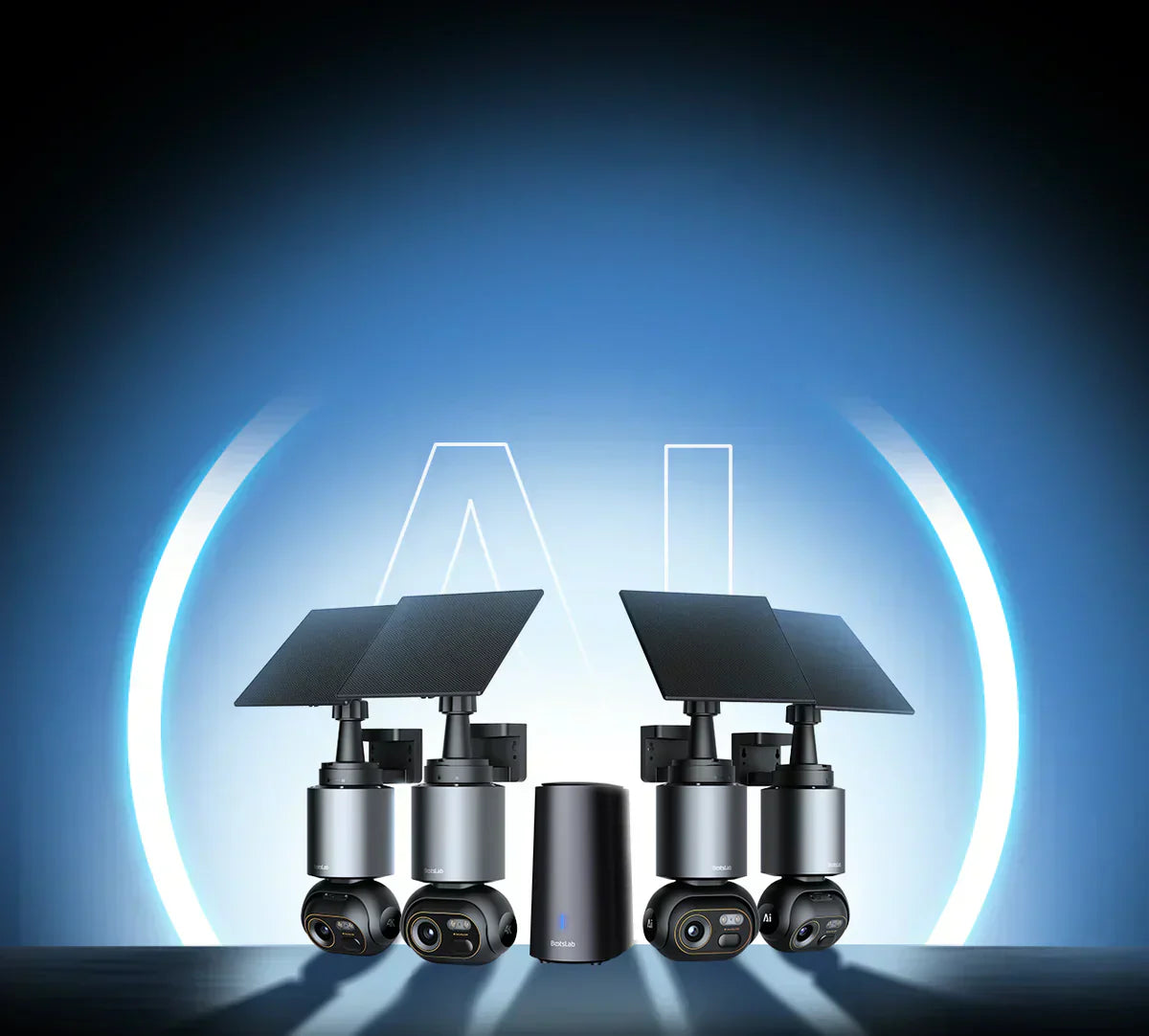
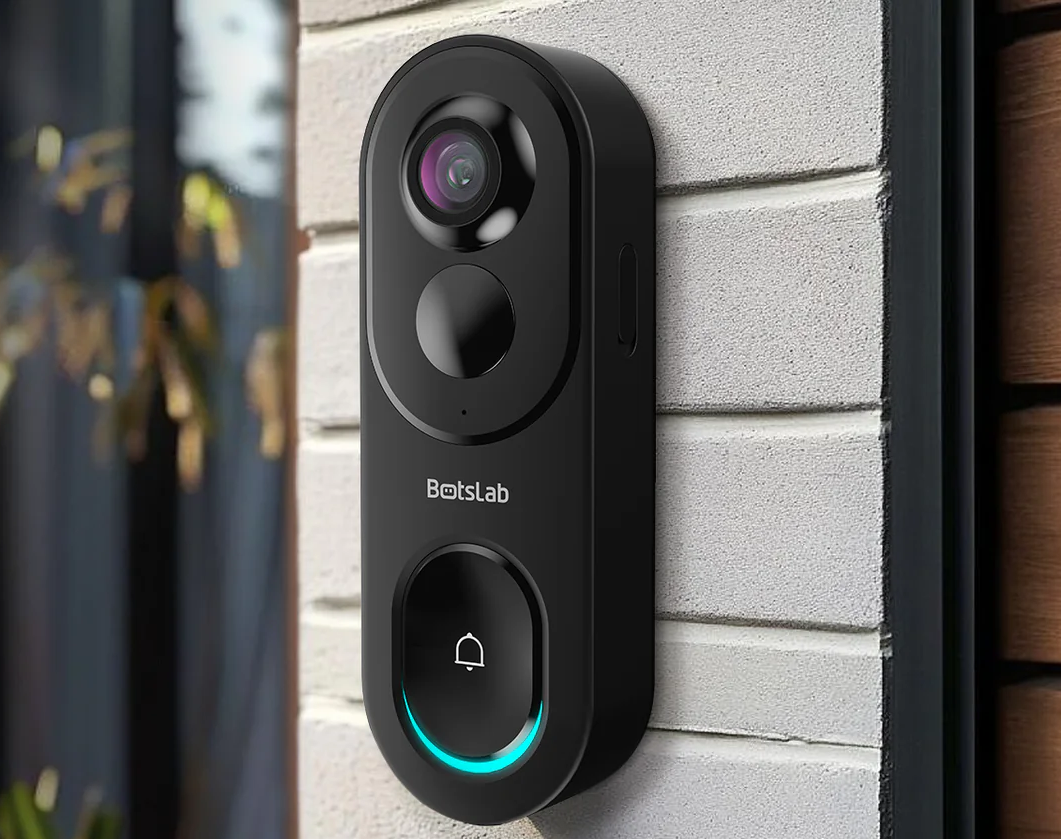



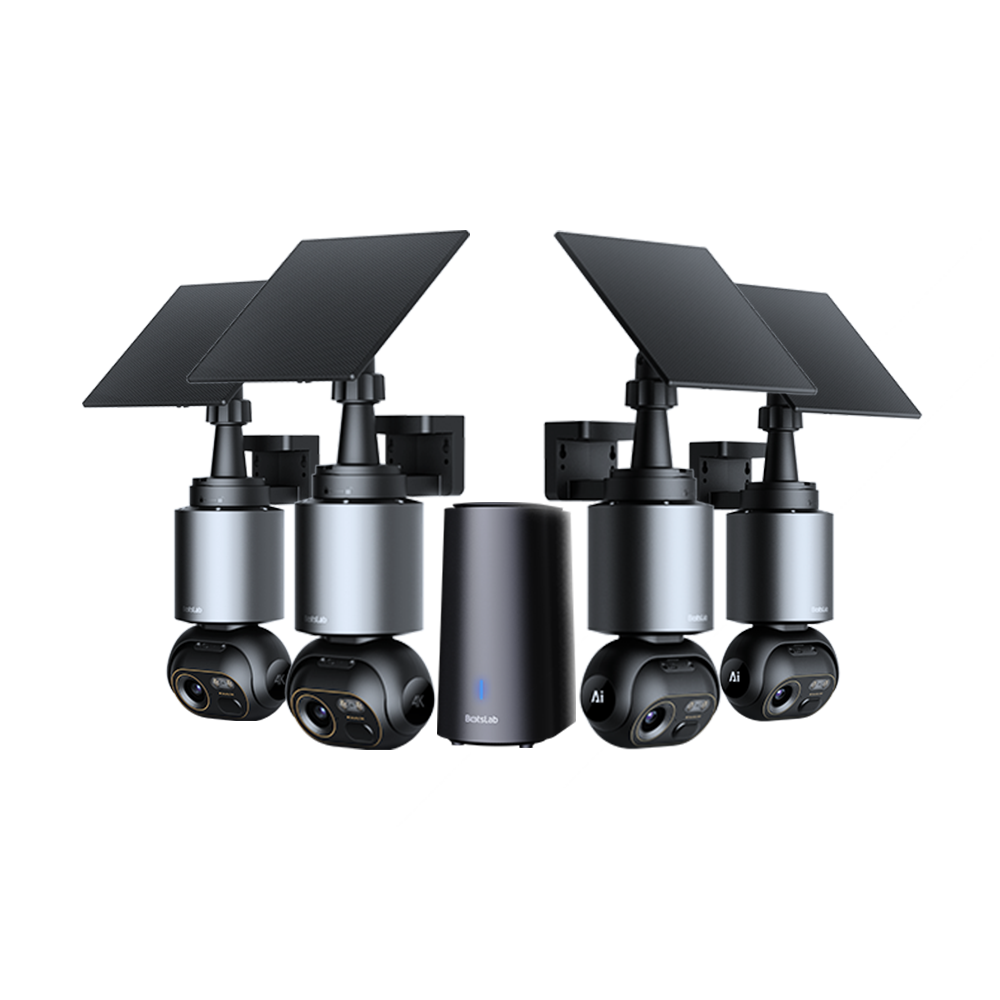




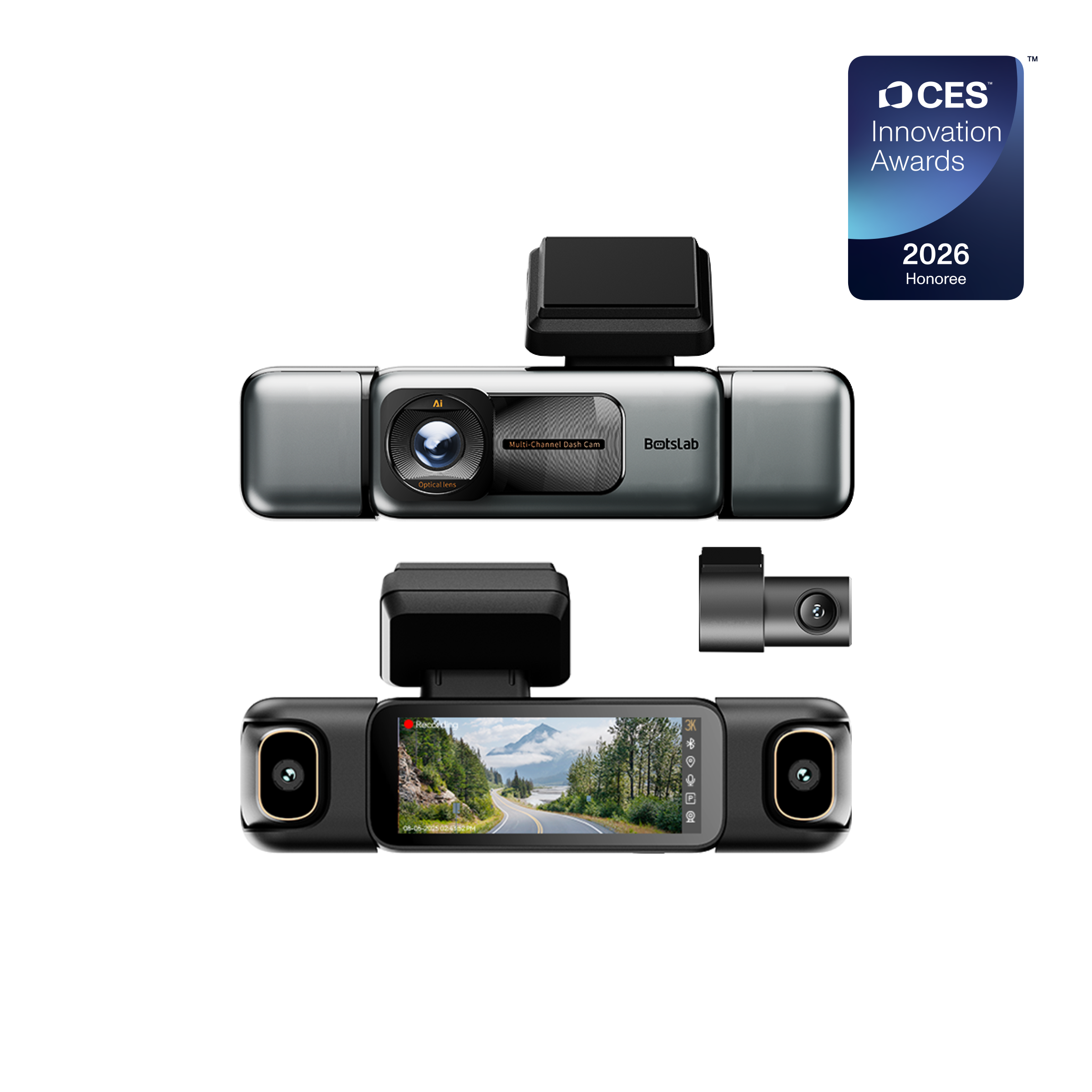
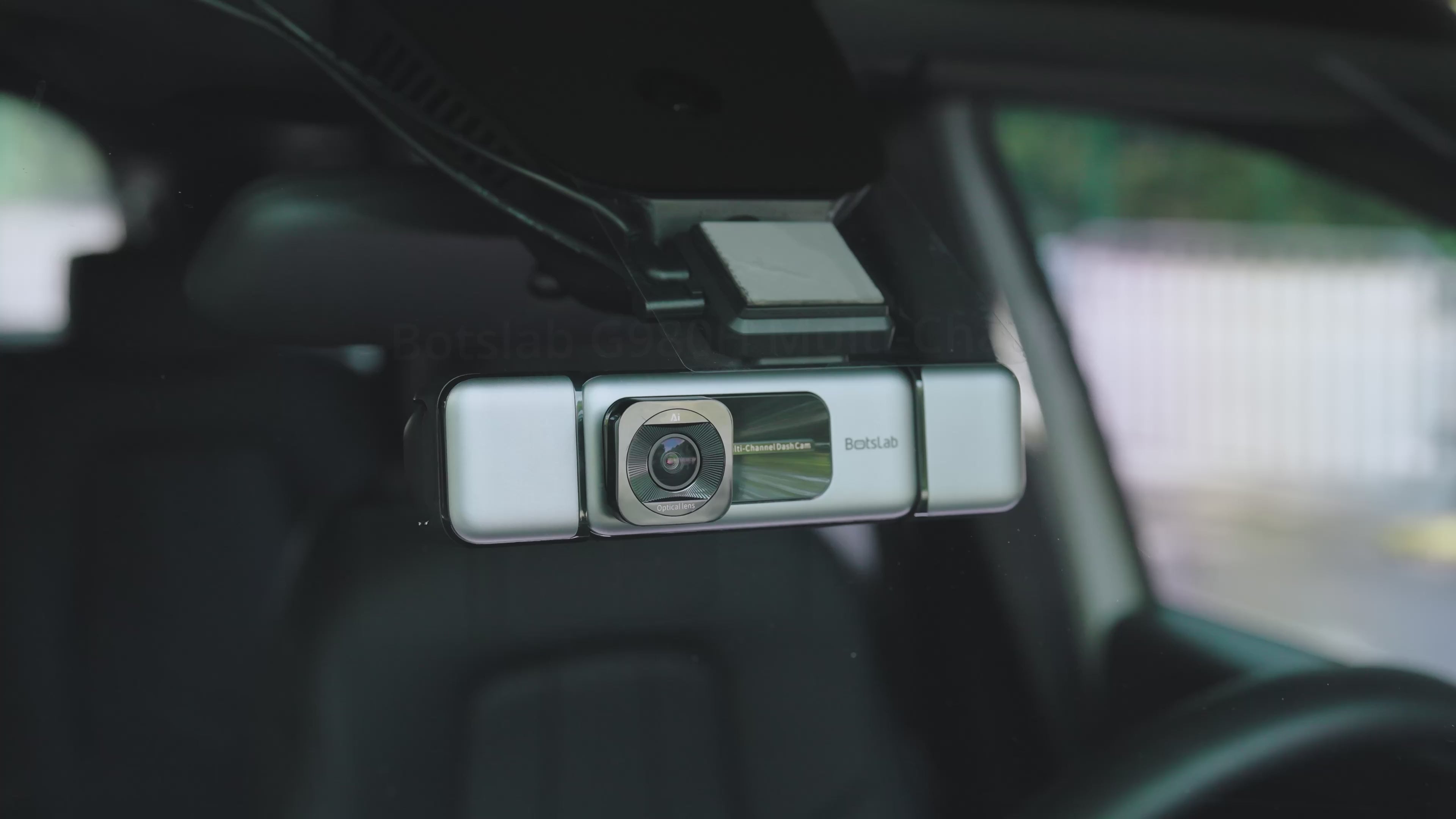
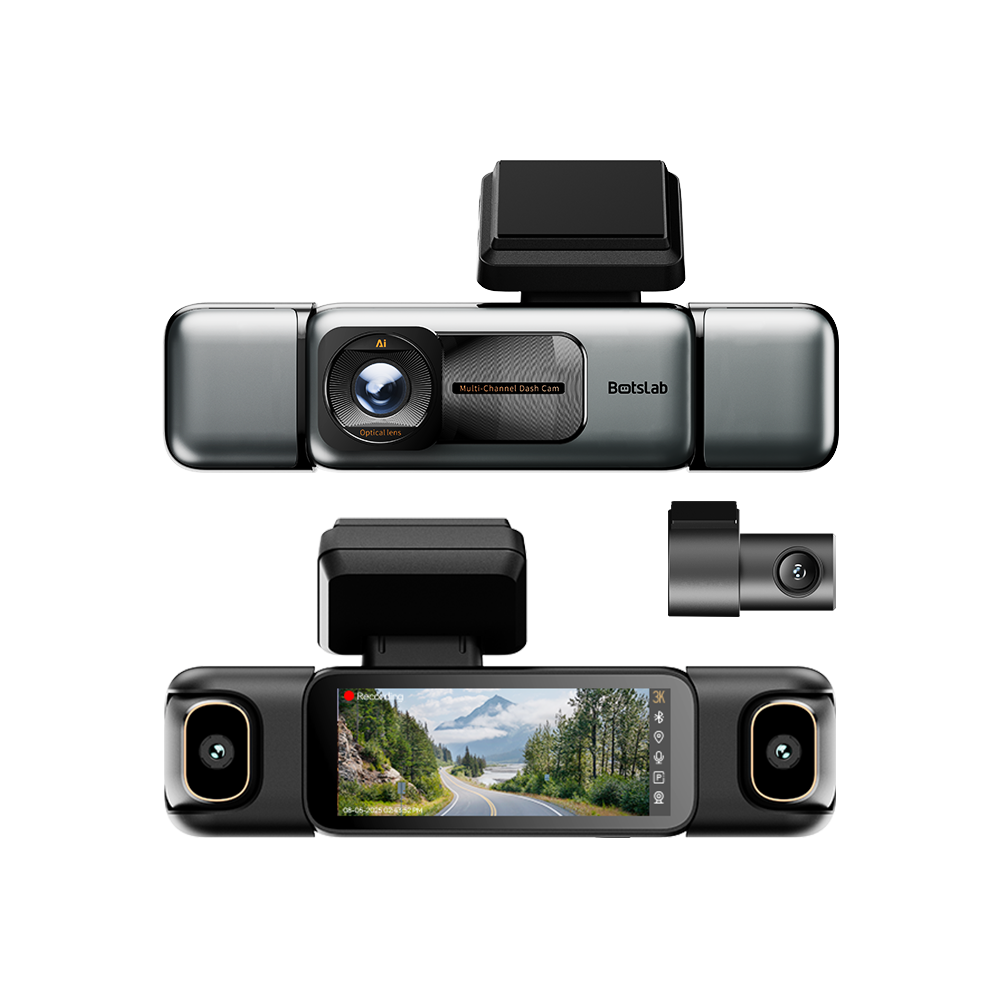
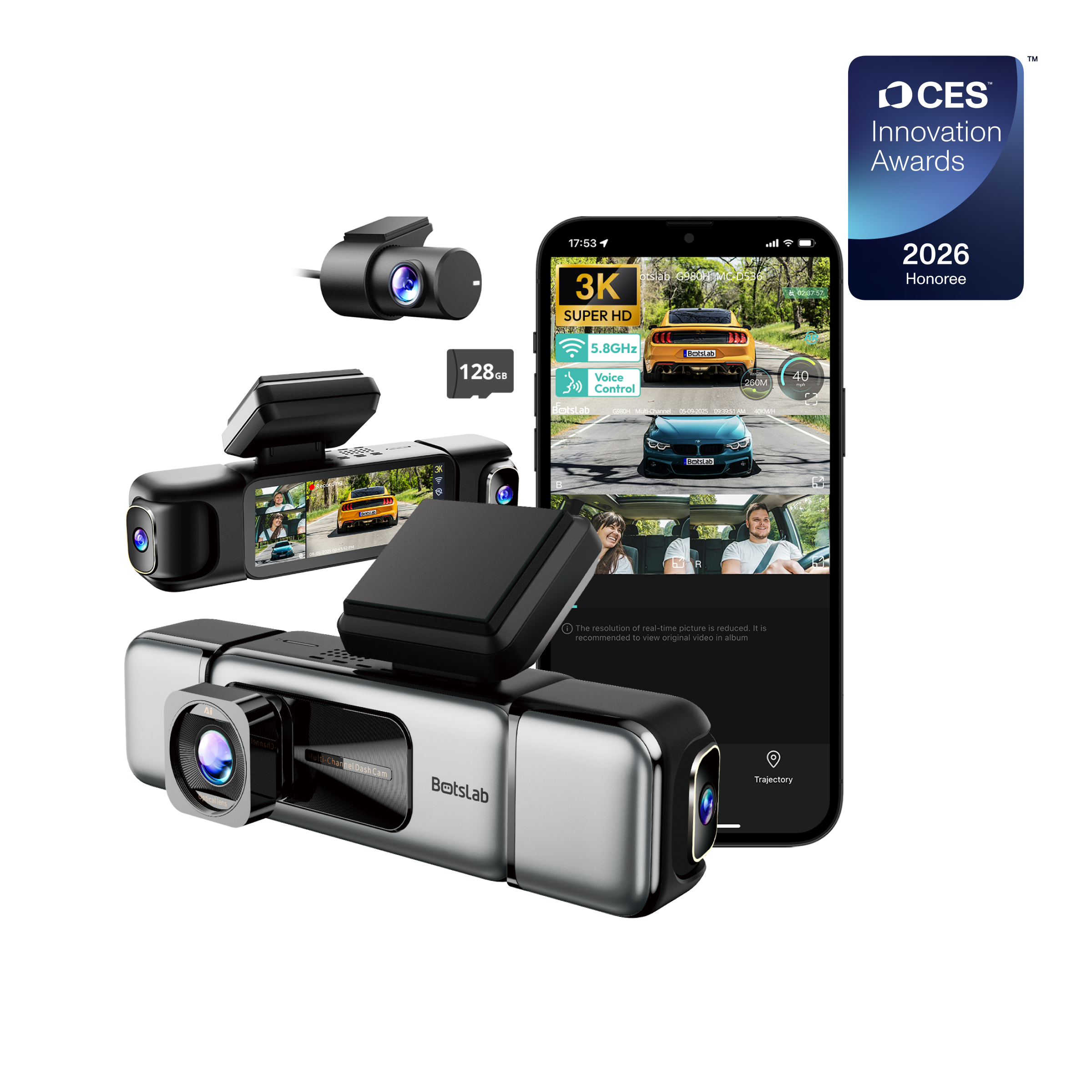
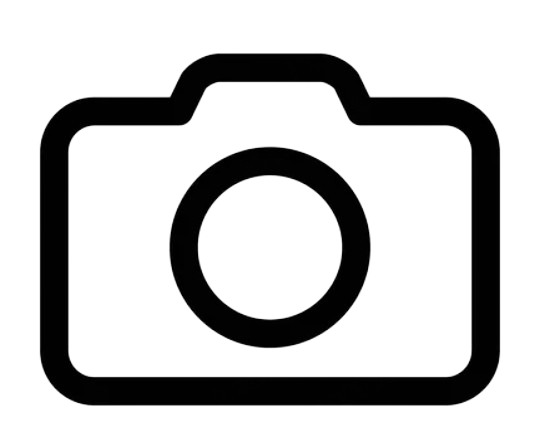




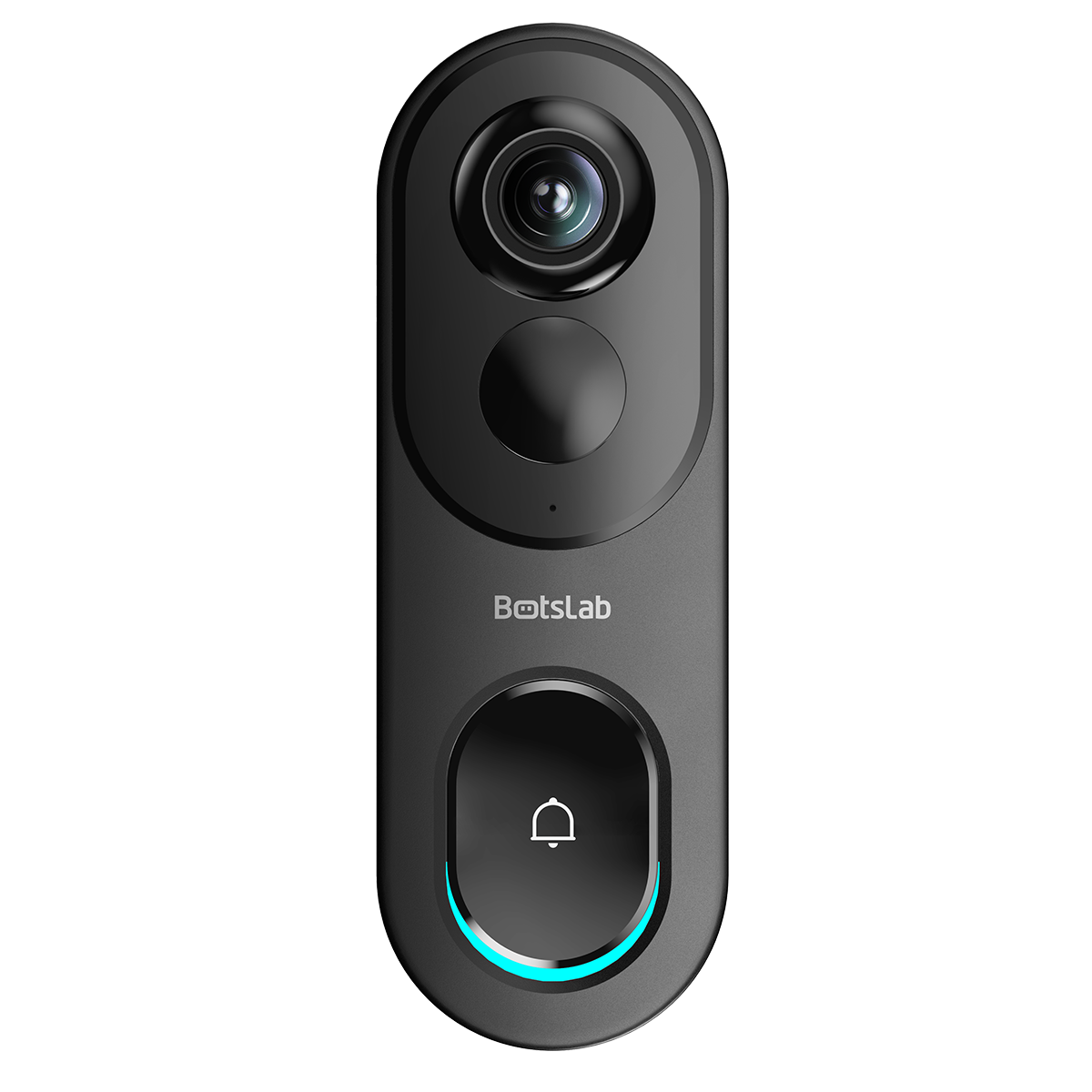




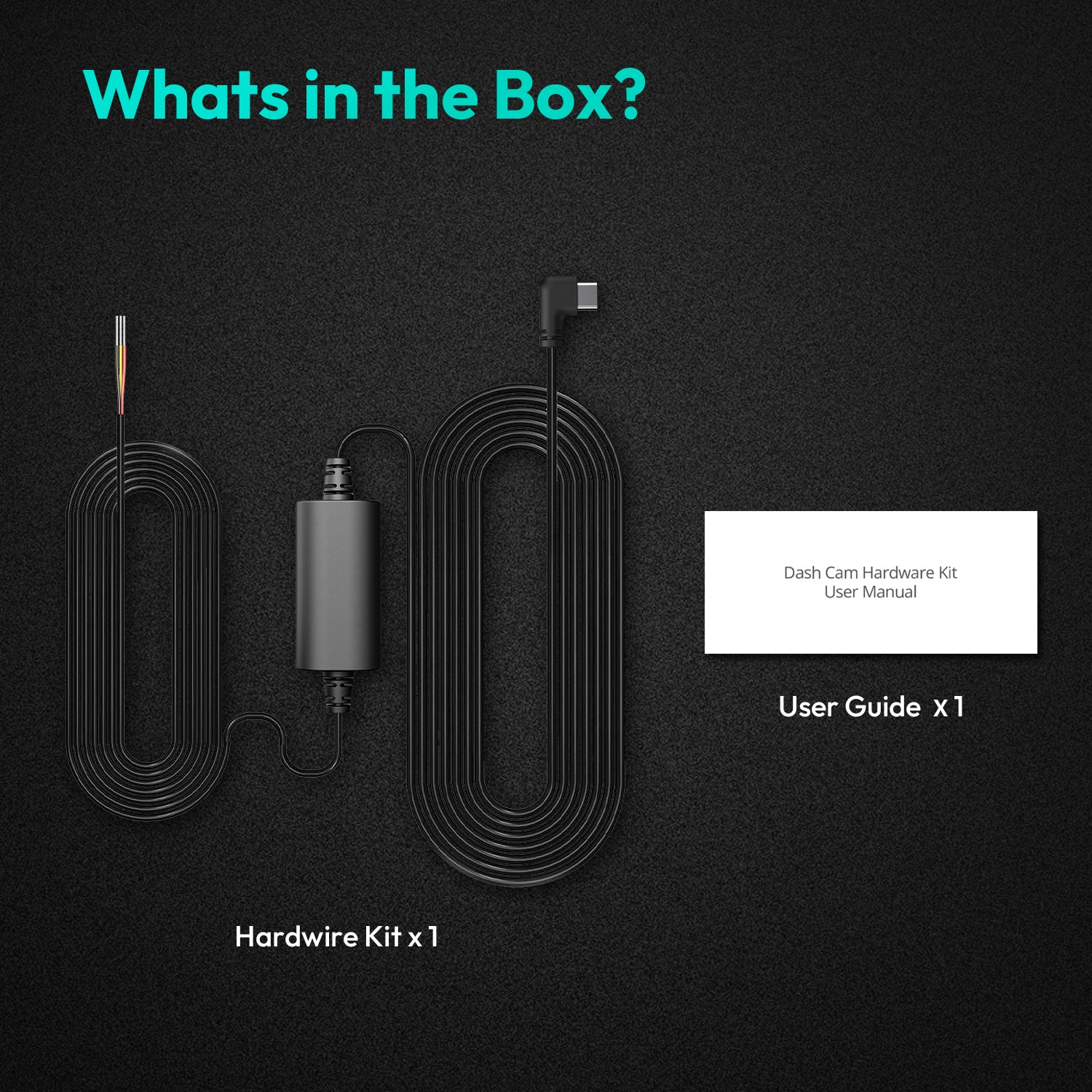
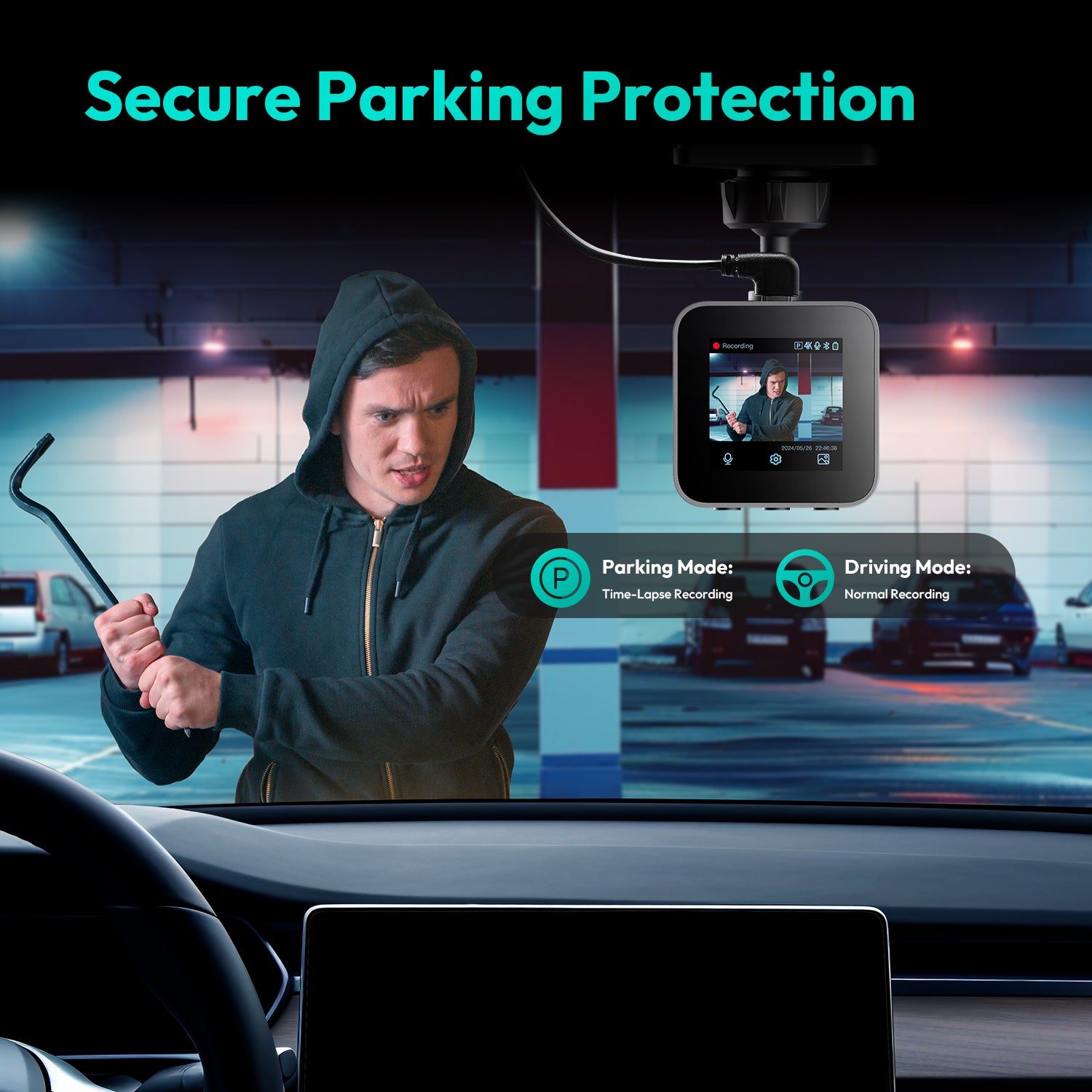
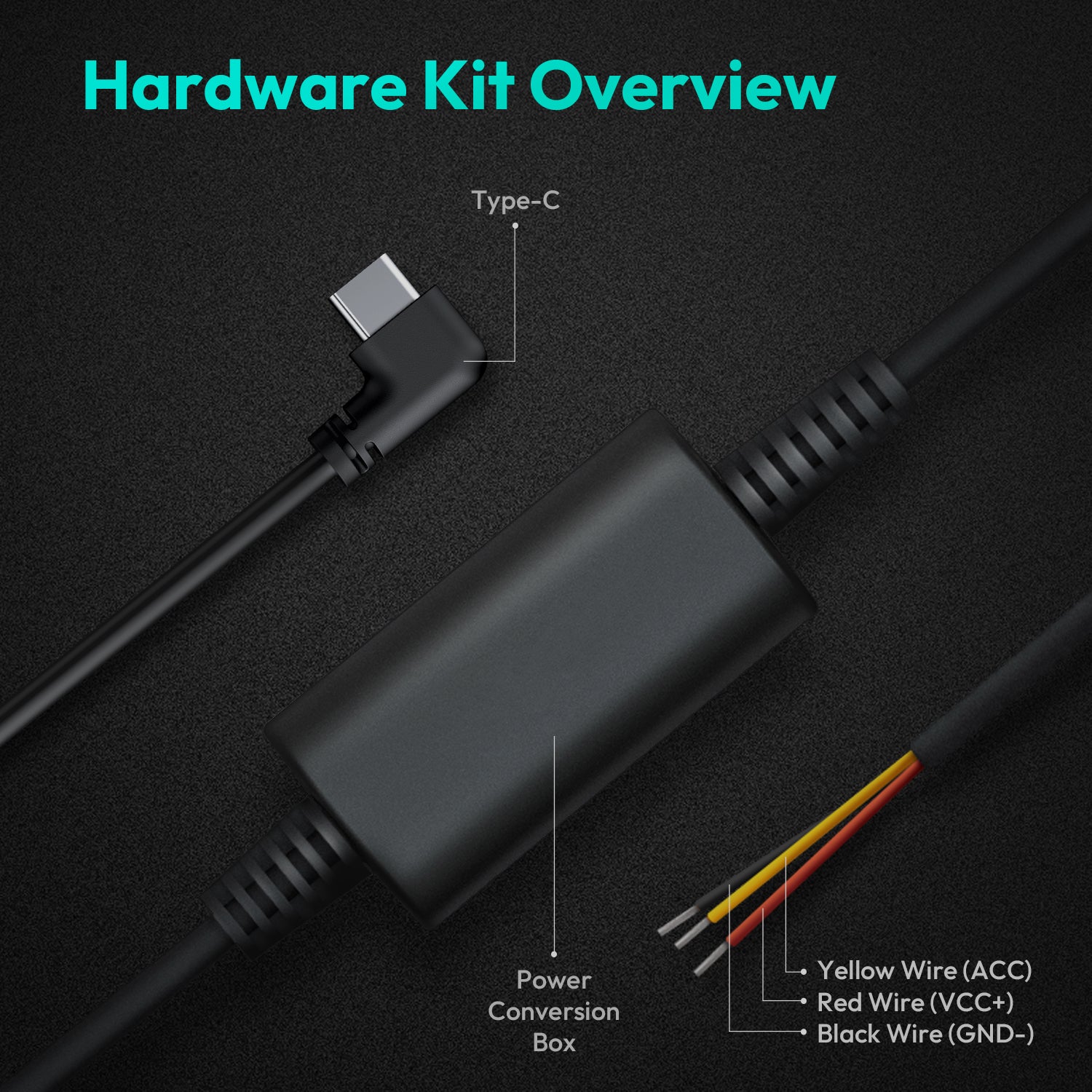
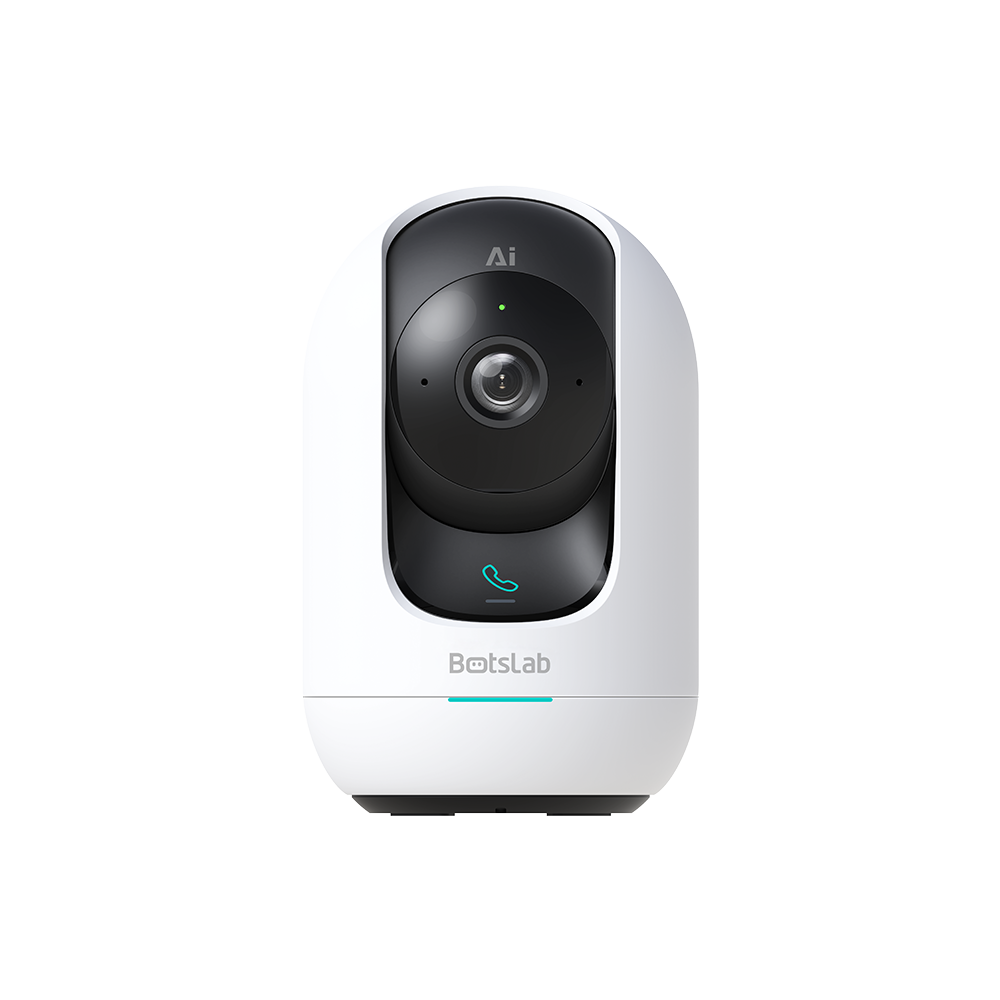


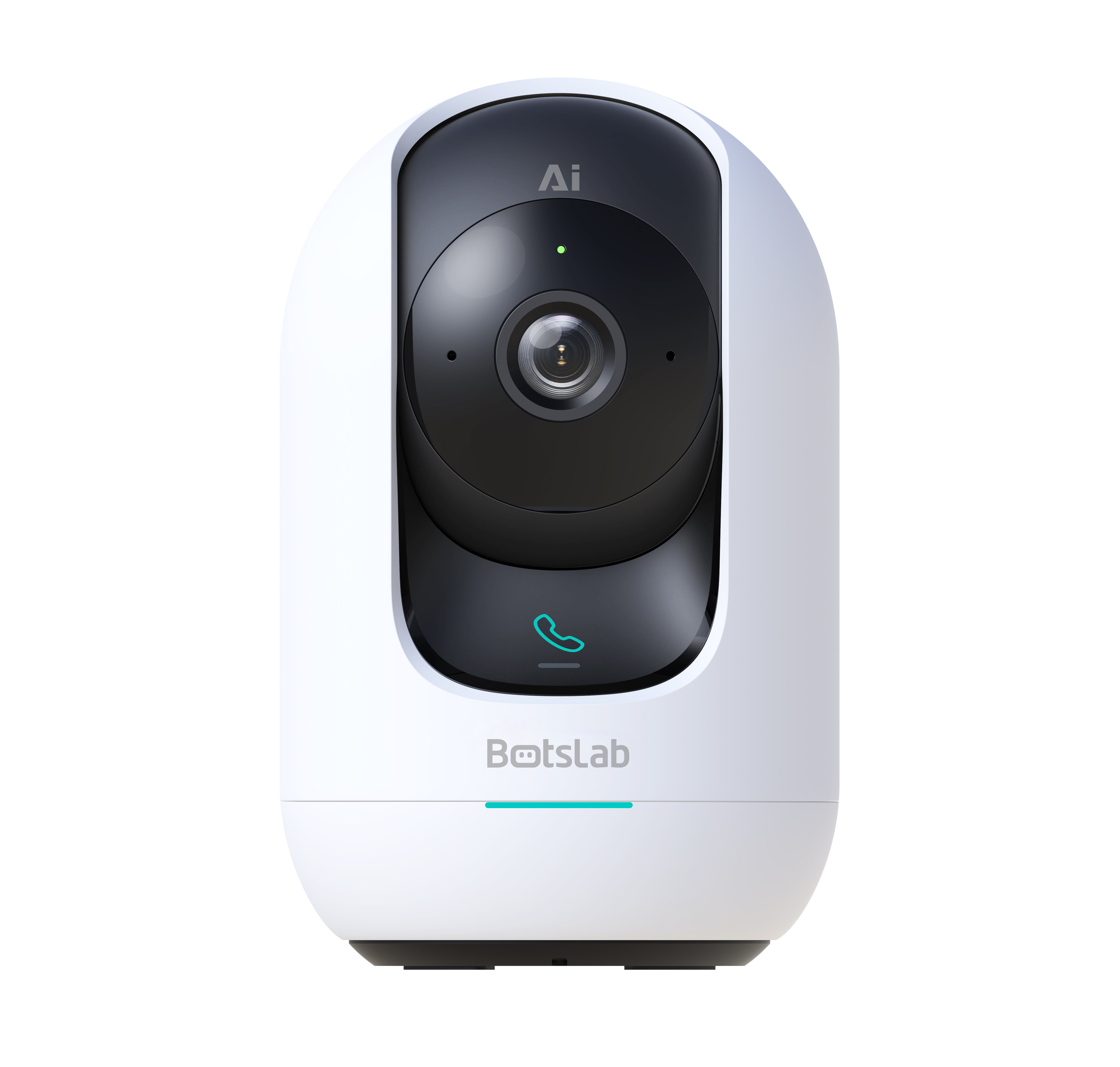

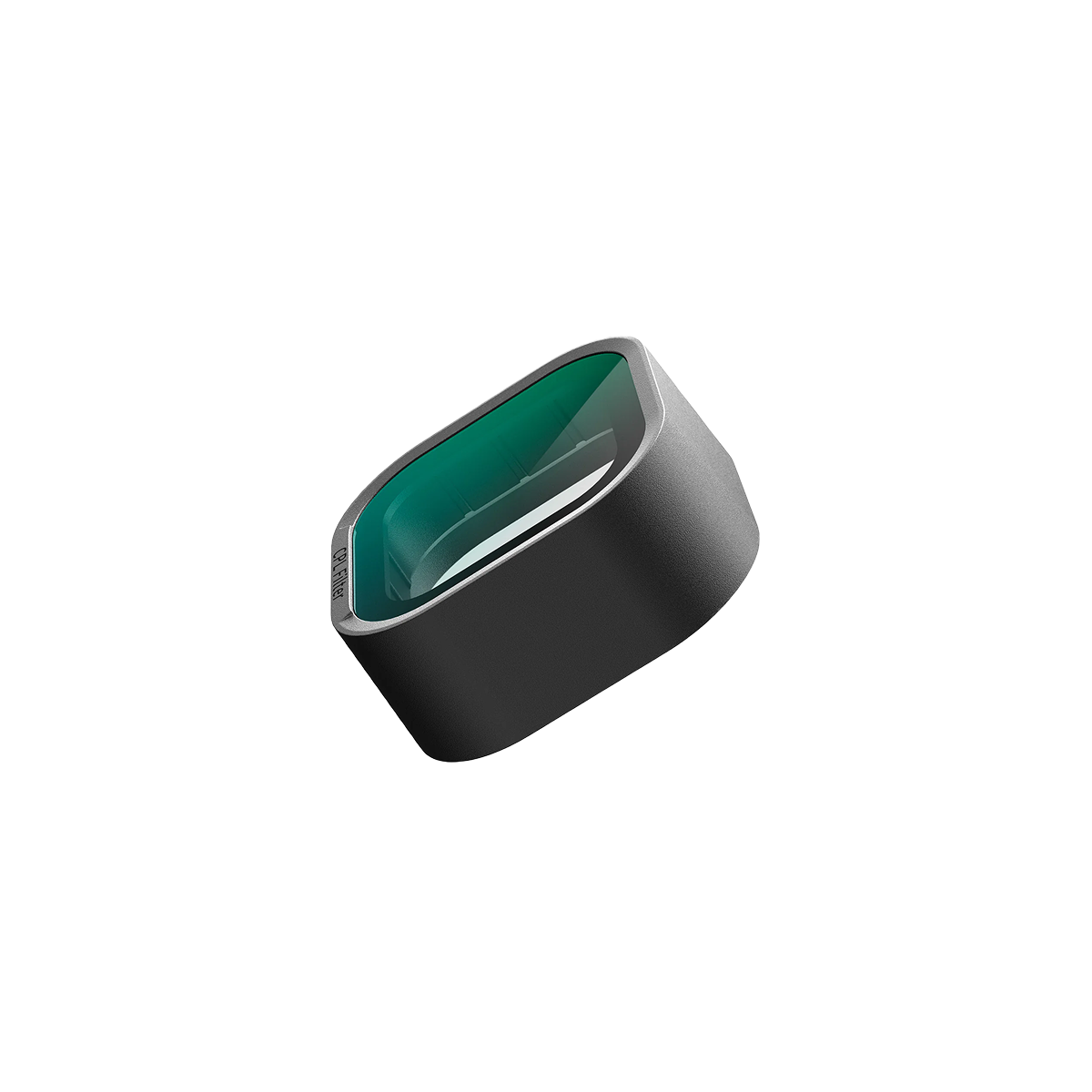


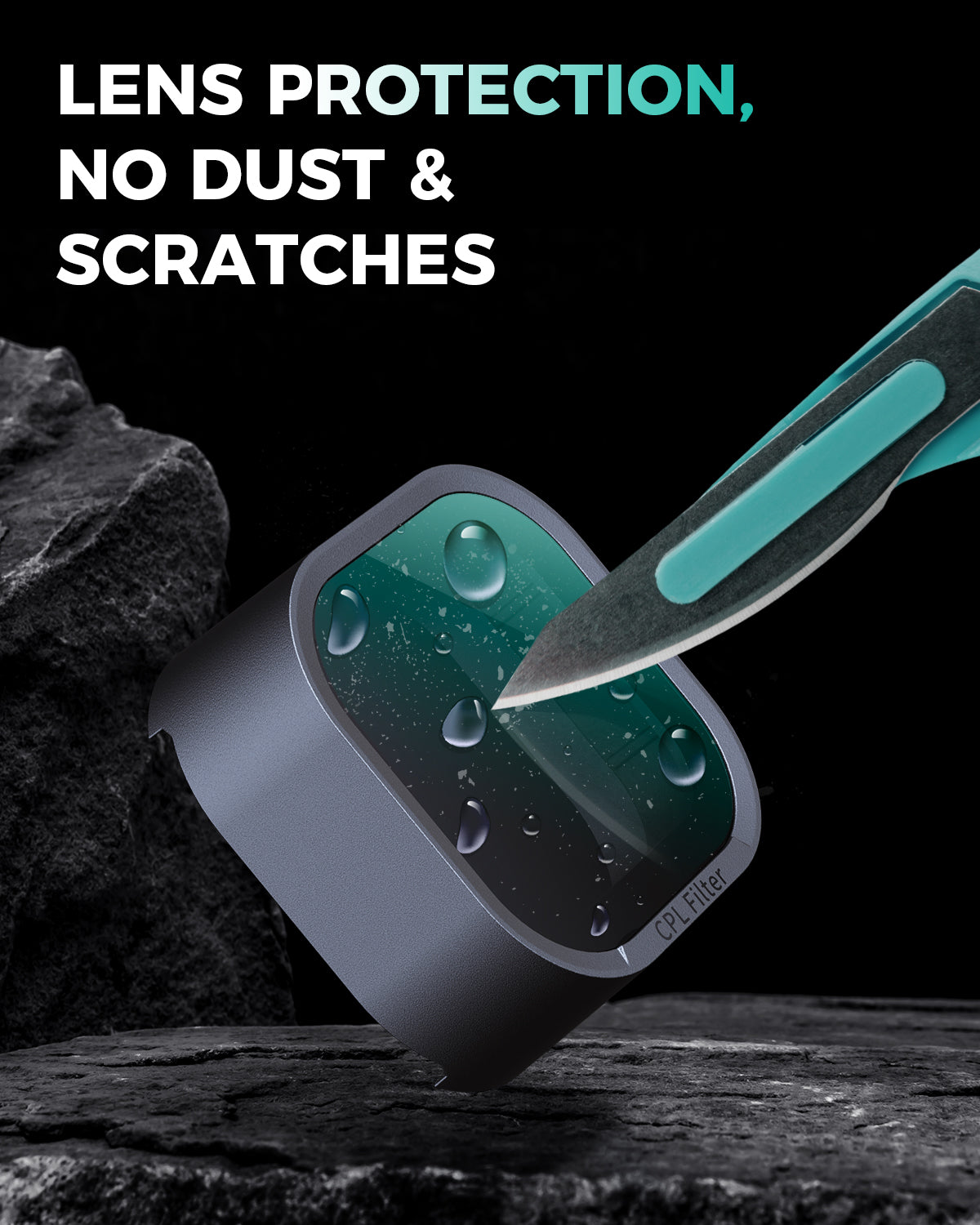
Share:
How Outdoor Security Cameras Weather Extreme Conditions?
How to Address Bandwidth Issues with 4K Security Cameras?